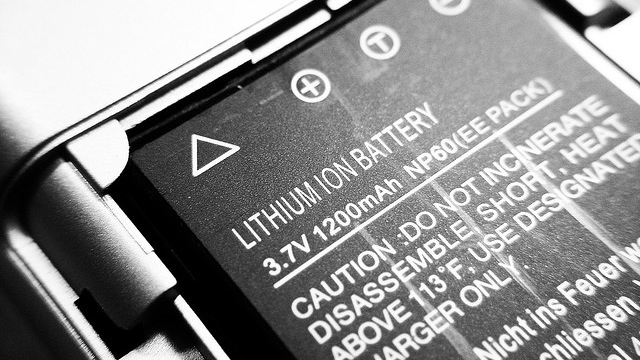Graphene batteries: What are they & why are they a big dealLINK to FULL ARTICLE
https://www.androidauthority.com/graphene-batteries-explained-1070096/ What is a graphene battery?
Before delving into the graphene battery, it’s worth quickly recapping what graphene is and how it works.
Briefly, graphene is a composition of carbon atoms tightly bound in a hexagonal or honeycomb-like structure. What makes graphene so unique is that this structure is just one atomic layer thick, essentially making a graphene sheet two-dimensional. This 2D structure produces very interesting properties, including excellent electrical and thermal conductivity, high flexibility, high strength, and low weight. What we’re particularly interested in is the electrical and heat conductivity, which is actually superior to copper — the most conductive metal element.
Supercapacitors enable batteries that last for much longer and charge almost instantly.
When it comes to batteries, graphene’s capabilities can be used in a number of ways. The ideal use of graphene as a battery is as a “supercapacitor.” Supercapacitors store current just like a traditional battery but can charge and discharge incredibly quickly.
The unsolved trick with graphene is how to economically mass manufacture the super-thin sheets for use in batteries and other technologies. Production costs are prohibitively high at the moment, but research is helping to make graphene batteries are reality.
Back in 2017, Samsung announced a breakthrough with its “graphene ball.” Although we haven’t heard anything else since. More recently it emerged that Telsa is also reportedly interested in the technology for automotive batteries. Similarly, Chinese carmaker GAC is planning to install its graphene battery technology in its first vehicle in September 2021. We are gradually creeping closer to commercial viability, but remain a way off from mainstream adoption of graphene batteries. Although cheaper, graphene-composite alternatives are heading to markets quicker.
Graphene vs lithium-ion

Just like lithium-ion (Li-ion) batteries, graphene cells use two conductive plates coated in a porous material and immersed in an electrolyte solution. But while their internal make-up is quite similar, the two batteries offer different characteristics.
Graphene offers higher electrical conductivity than lithium-ion batteries. This allows for faster-charging cells that are able to deliver very high currents as well. This is particularly useful for high-capacity car batteries, for example, or fast device-to-device charging. High heat conductance also means that batteries run cooler, prolonging their lifespan even in cramped cases like a smartphone.
Graphene batteries are also lighter and slimmer than today’s lithium-ion cells. This means smaller, thinner devices or larger capacities without requiring extra room. Not only that, but graphene allows for much higher capacities. Lithium-ion stores up to 180Wh of energy per kilogram while graphene can store up to 1,000Wh per kilogram.
Finally, graphene is safer. While lithium-ion batteries have a very good safety record, there have been a few major incidents involving faulty products. Overheating, overcharging, and puncturing can cause runaway chemical imbalances in li-ion batteries that result in fire. Graphene is much more stable, flexible, and stronger, and is more resilient to such issues.
You don’t have to have one or the other though. Li-ion batteries can use graphene to enhance cathode conductor performance. These are known as graphene-metal oxide hybrids or graphene-composite batteries. Hybrid batteries result in lower weight, faster charge times, greater storage capacity, and a longer lifespan than today’s batteries. The first consumer-grade graphene batteries are hybrids, such as the graphene-composite power bank in the video at the top of this article.